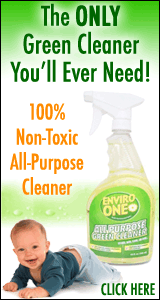FDA Regulation of Fragrances
- Details
- Category: FDA Regulation of Fragrances
- Hits: 29140
FDA "Regulation" of Cosmetics and Fragrances
Whenever the safety of perfumes and fragrances is questioned, the fragrance industry's standard reply is that perfumes are regulated by the FDA. This statement is true, as perfumes do come under the regulation of the FDA. However, let's take a closer look at what this regulation really consists of:
By law, the ingredients of a product must be listed on the label. These are listed in order of predominance. There are a few exceptions to the labeling requirements. Fragrance formulas are considered trade secrets and so the ingredients in fragrances are not required to be revealed. So the word "fragrance" must be put on any product that has ingredients added to give the product an odor. The word "fragrance" on the label may represent many ingredients, sometimes hundreds.








